From Monopoly to the lightbulb: billion-dollar ideas that were stolen
The most lucrative stolen inventions of all time
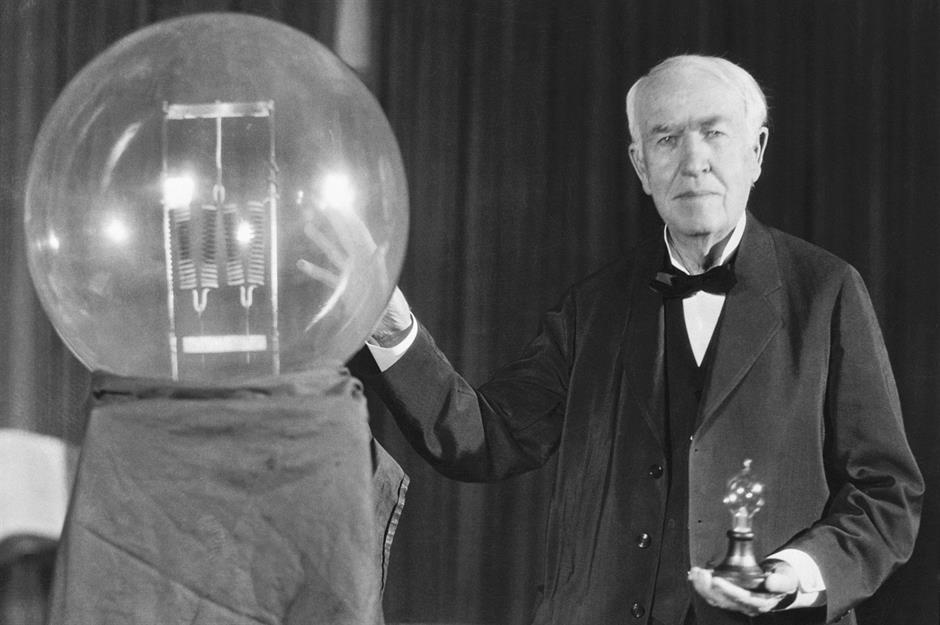
You won't believe how many of the world's most important and money-making inventions are based on ripped-off ideas.
From the popular board game Monopoly to the simple light bulb, read on to discover the bright ideas that were snatched from their inventors.
All dollar amounts in US dollars.
Intermittent windscreen wipers
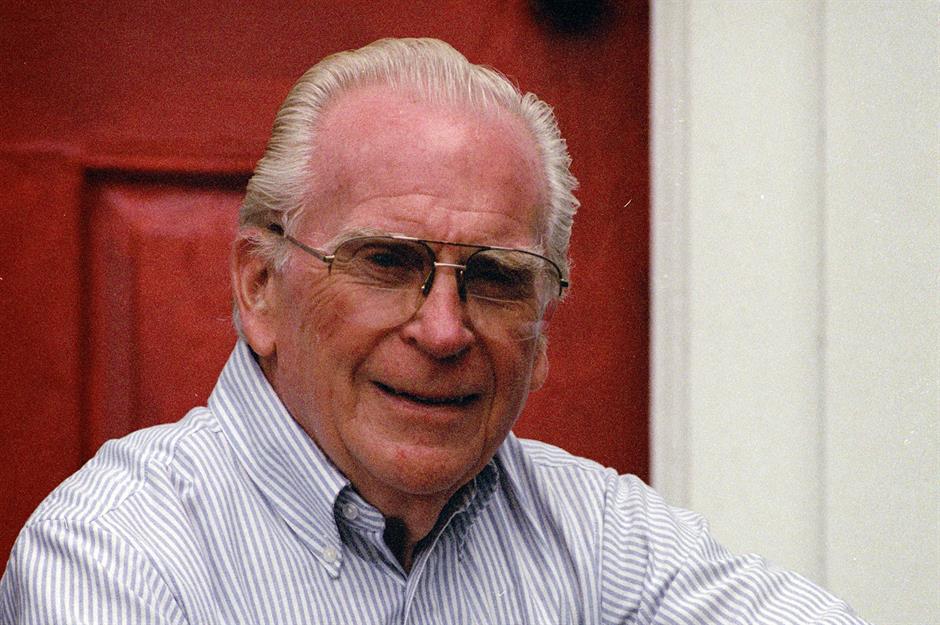
Engineering professor Robert Kearns built the first intermittent wiping system in 1963 and filed a patent for his innovation the following year.
Eager to monetise the invention, which he modelled on a blinking eye, Kearns approached the Big Three carmakers, Ford, Chrysler and General Motors, in a bid to get his invention licensed.
Intermittent windscreen wipers
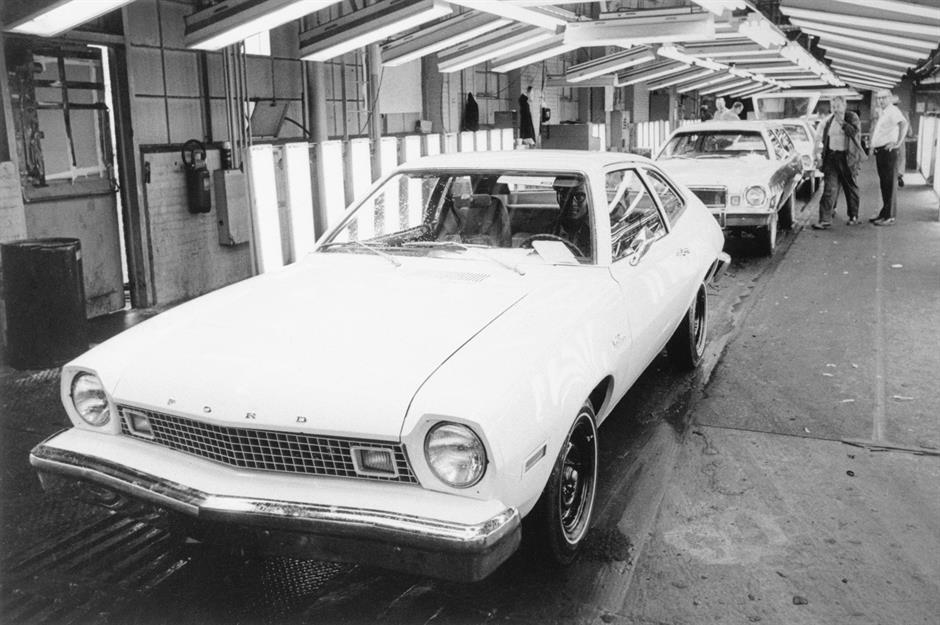
All three rejected the pitch but brazenly replicated the technology in their vehicles. Infuriated by these exceedingly underhanded actions, Kearns sued the trio along with other major auto companies.
Not one to back down, the steadfast academic was finally awarded damages from Ford and Chrysler following an intensely complex legal battle that dragged on for more than a decade.
Jack Daniel's
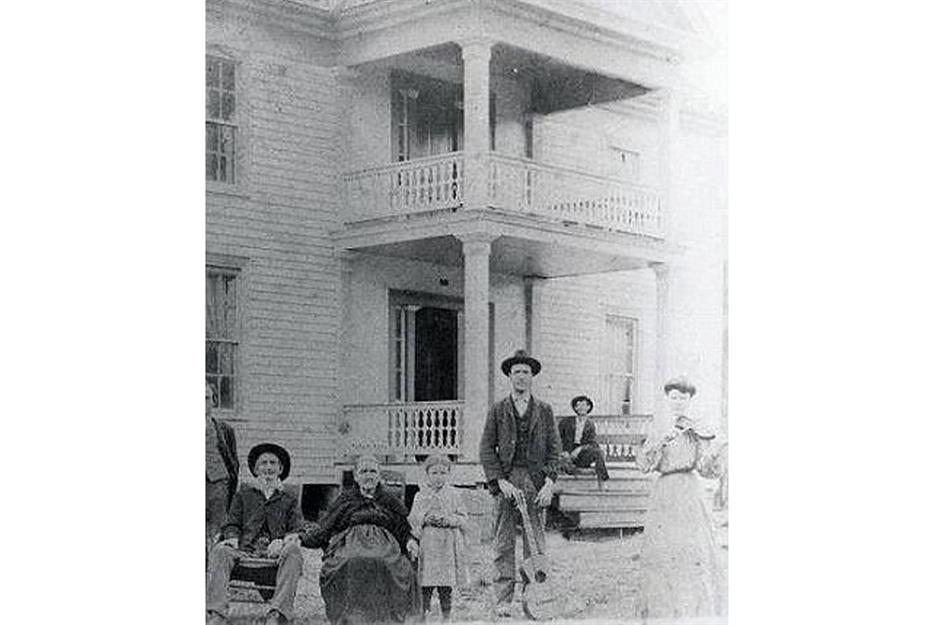
In 2016 the makers of Jack Daniel's revealed an enslaved man was instrumental in creating the recipe and method for its famous Tennessee whiskey. For 150 years the formula and process were attributed to the Reverend Daniel Call, a white Lutheran minister from Lynchburg (pictured here holding a guitar).
Reverend Call was said to have instructed the young Jasper Newton "Jack" Daniel on the ins and outs of distilling alcohol.
Jack Daniel's
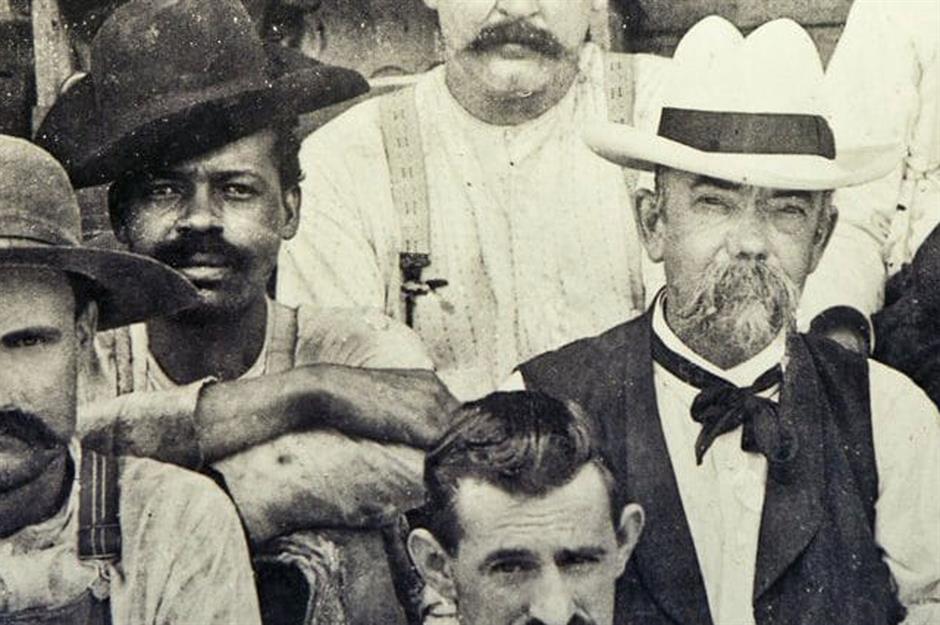
In reality, a man called Nathan "Nearest" Green, who was actually an enslaved man, taught the rooky booze-maker how to produce the drink. Indeed, Call is quoted as saying “Uncle Nearest is the best whiskey maker that I know of”, but Green's achievement was swept under the carpet, and the old Reverend unfairly got the credit.
These days, 13.3 million cases of the drink are sold each year and Jack Daniel's is regarded as one of the world's most valuable brands. In 2017, a new whiskey brand called Uncle Nearest was launched in Tennessee in honour of the real whiskey maestro. There are no known photographs of Nearest Green, but pictured here is his son George Green (left), sitting next to Jack Daniel.
Monopoly
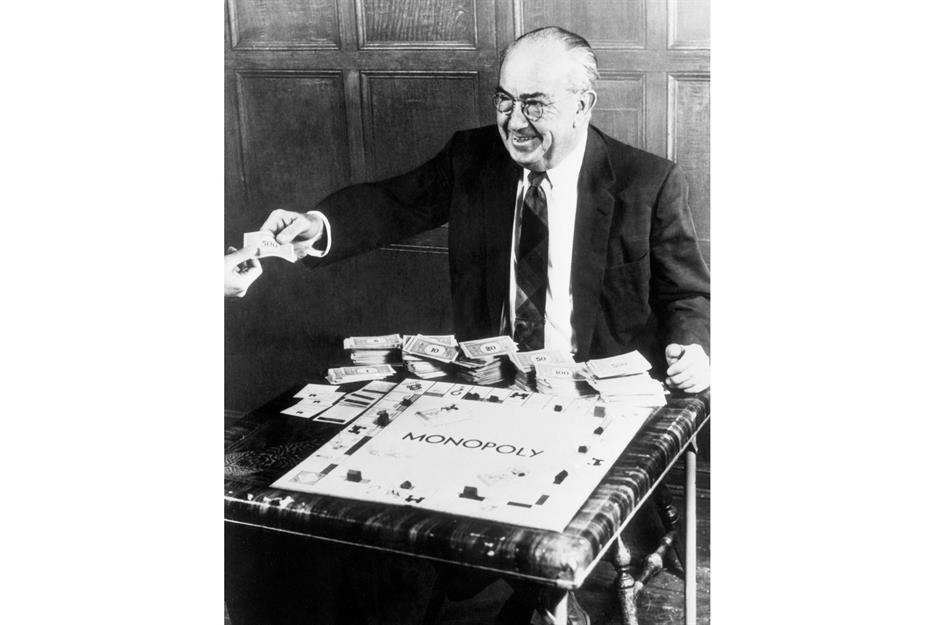
One of the best-selling board games of all time, Monopoly has sold more than 250 million copies.
Its oft-quoted origin story states that an unemployed salesman created the game in his basement during the Great Depression, but like many company mythologies, the tale is very tall indeed and the real story is just as cutthroat as the game itself.
Monopoly
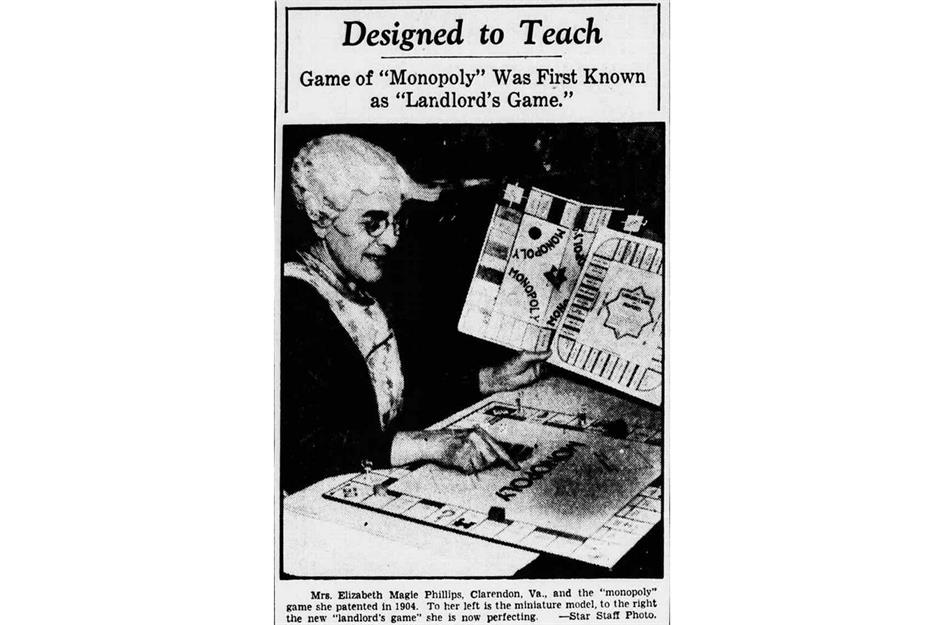
Leftwing feminist Lizzie Magie invented The Landlord's Game in 1904 to promote the idea of land tax and caution against the perils of land-grabbing. It was her game that Darrow ripped off and presented to Parker Brothers in 1935, complete with a spelling mistake copied directly from the original.
Parker Brothers dodged legal action by acquiring the rights to The Landlord's Game, and 40 years went by before the company admitted Magie was the real brains behind the top-selling title.
LEGO

The go-to toy for children across the globe, LEGO amassed record revenues of around $9.6 billion (£7.6bn) in 2023. Ole Kirk Christiansen, the founder of the planet-conquering Danish company, got the idea for his company's trademark bricks in 1946 after he was shown a demo of a plastic moulding machine.
The device was churning out plastic bricks designed by British firm Kiddicraft, which launched its Bri-Plax Interlocking Building Cubes in the late 1940s.
LEGO
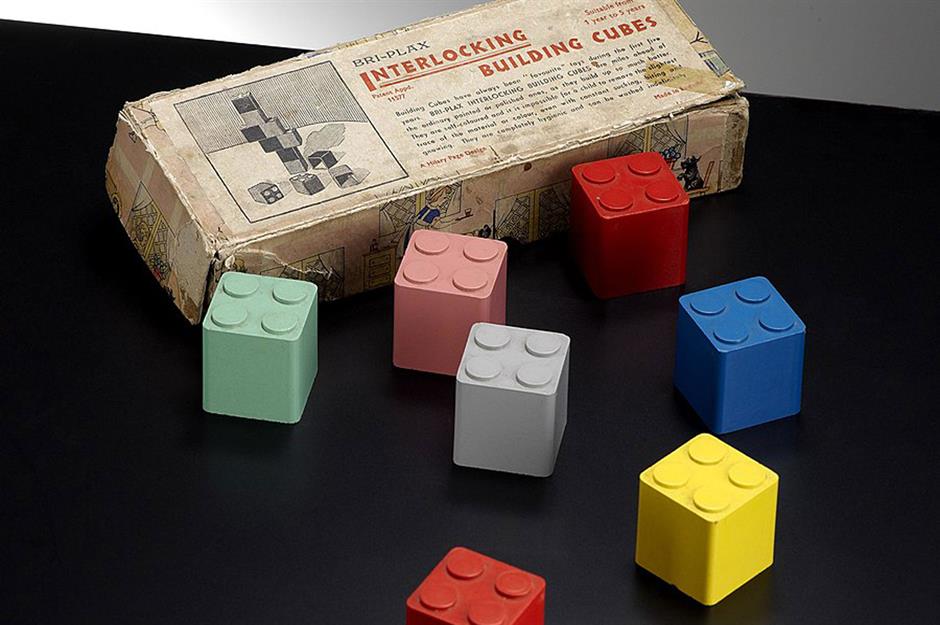
Though Christiansen improved on the design, LEGO bricks are essentially a copy of Kiddicraft's.
LEGO maintained that Kiddicraft had insisted it was fine to use the design. But in 1982, LEGO shrewdly snapped up the rights to Kiddicraft, reached an out-of-court settlement with Page's company, and removed all references to Page and Kiddicraft from its corporate history.
Sewing machine
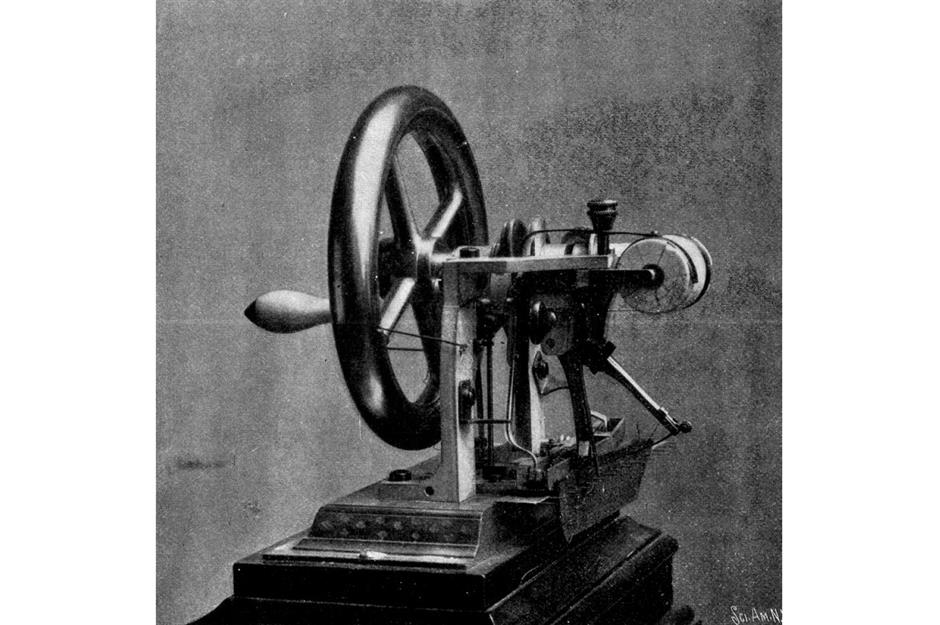
Isaac Merritt Singer is widely credited with inventing the modern sewing machine, and the company that bears his name. The product has generated billions of dollars in revenue over the years and the company is synonymous the world over with the innovation.
Except Singer didn't invent the contraption and was accused of pilfering the design, including its key lockstitch component, from another sewing machine pioneer, Elias Howe.
Sewing machine
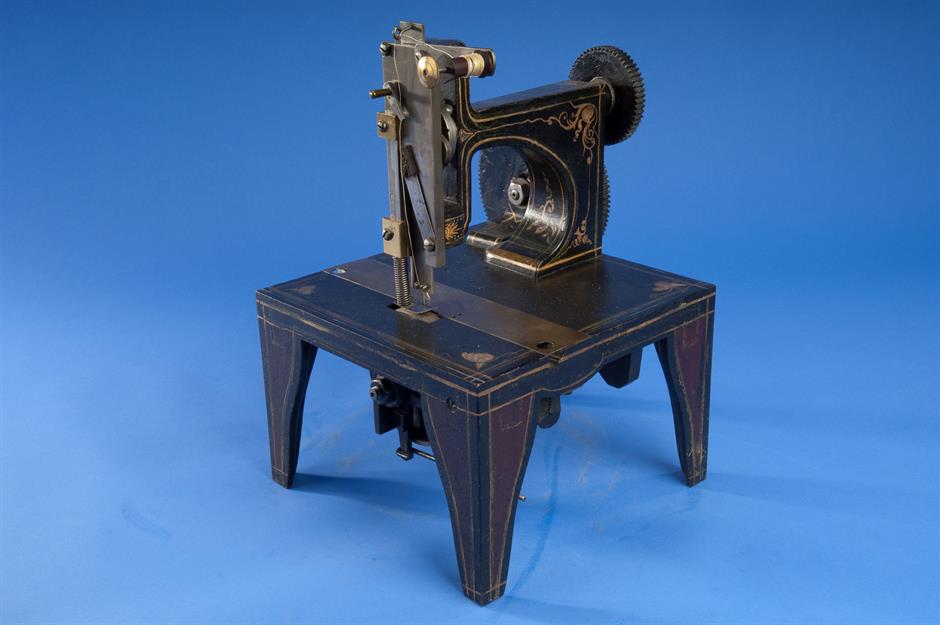
Howe himself was apparently no stranger to plagiarism and was accused of pirating much of the design for his creation from inventor John Fisher. Unlike Fisher however, Howe patented his machine in 1846. Armed with this patent, he sued Singer for lost royalties, mounting several legal challenges.
Howe won the various court cases, which raged from 1849 to 1854, and was awarded a lump sum royalty payment as well as a share in Singer's profits. Fisher, on the other hand, got nothing.
Telescope
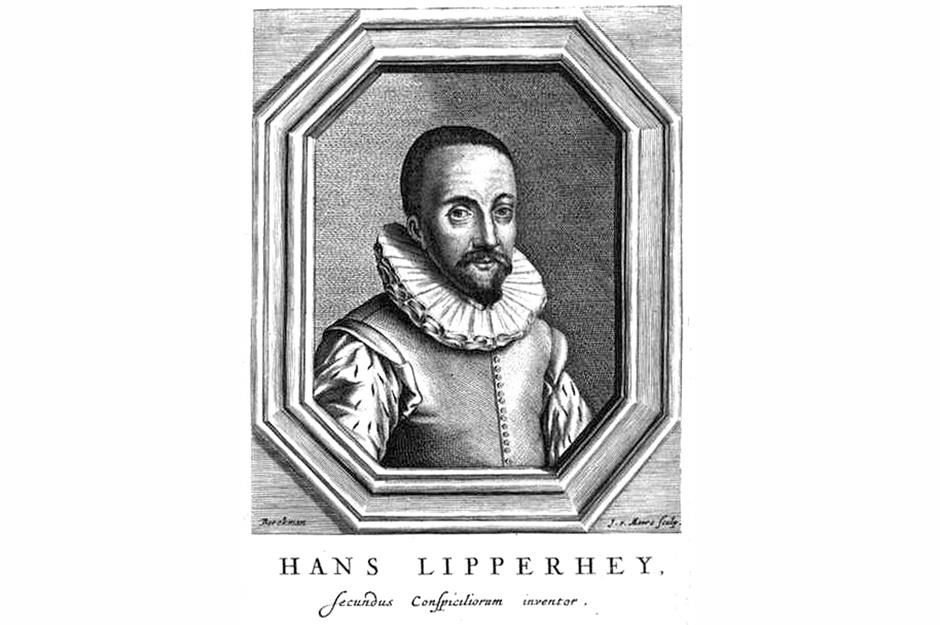
Galileo Galilei is assumed by many to be the inventor of the telescope. But while the genius Renaissance astronomer is lauded as the father of everything from observation astronomy to modern physics, he didn't actually come up with the idea.
That accolade should really go to Dutch spectacle maker Hans Lipperhey.
Telescope
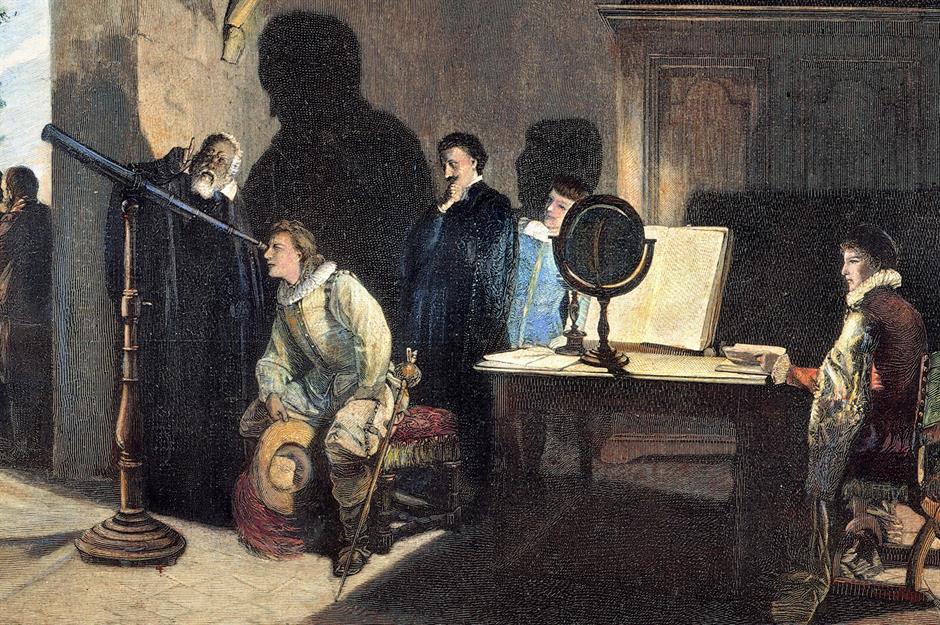
Lipperhey dreamed up the first telescope in 1608 and even tried to obtain a patent for his invention, but this wasn't granted. Galileo was aware of the design, dubbed "Dutch perspective glasses", and may well have had access to detailed instructions. In any case, the Italian astronomer didn't waste any time building his own take on Lipperhey's innovation, essentially stealing the basic design.
The picture shows an engraving of the English poet John Milton visiting Galileo in 1638-39.
Light bulb
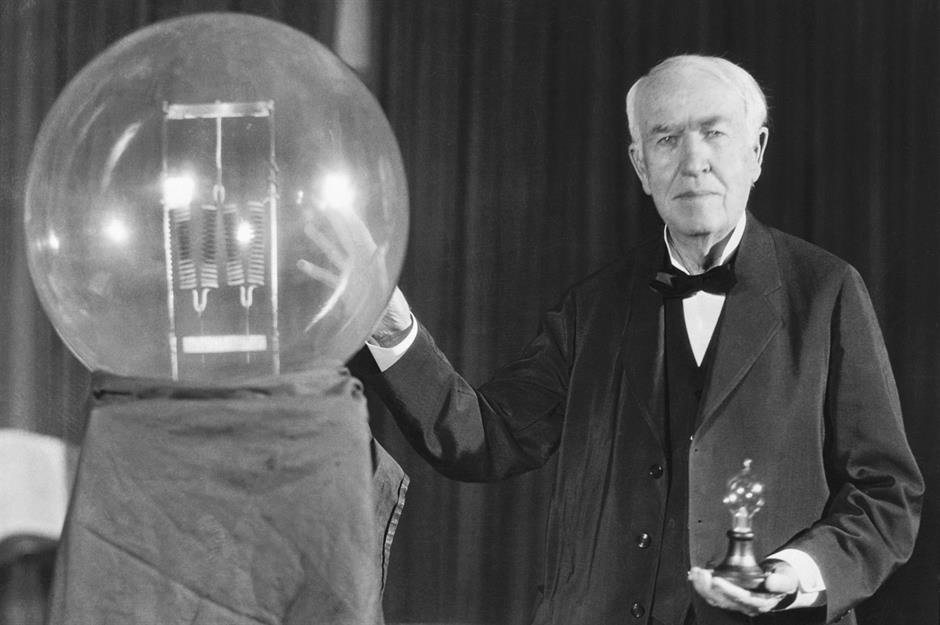
Thomas Edison invented the light bulb, or so you were told at school. The truth is the American innovator lifted ideas from other inventors and combined them with his own know-how to create the first commercially successful incandescent light bulb in 1879.
Part of the concept came courtesy of Canadian inventors Henry Woodward and Matthew Evans, who sold Edison their light bulb patent after they failed to secure financial backing.
Light bulb
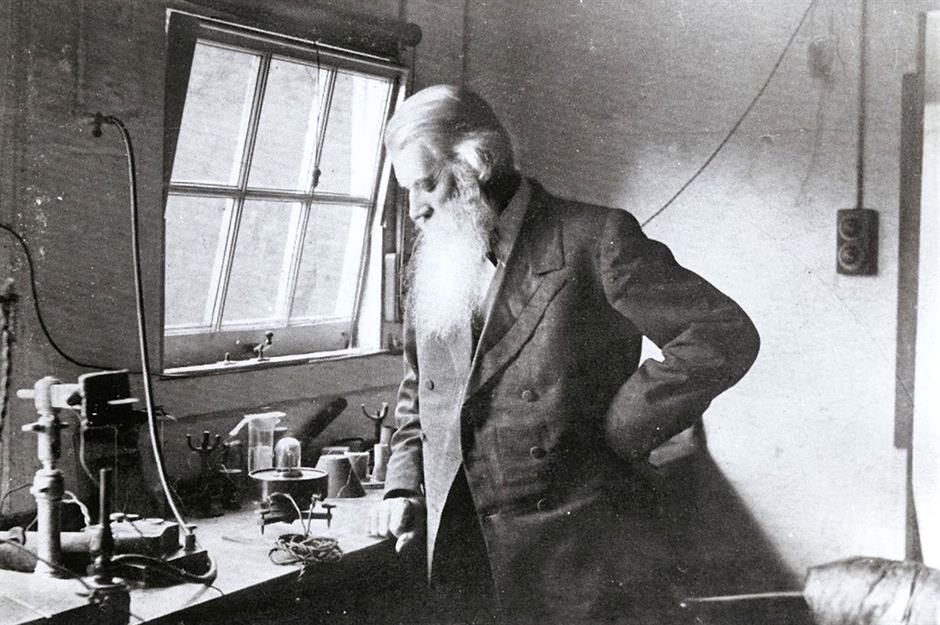
Edison also drew heavily on Joseph Swan's designs for carbon filament electric lighting, which had been published in Scientific American magazine. Given Swan (pictured) had filed a patent for the technology before Edison, the British inventor sued for patent infringement and won.
Edison also based aspects of his design on work by American engineer William Sayer, a revelation that eventually prompted the US authorities to cancel his patents.
Movie projector
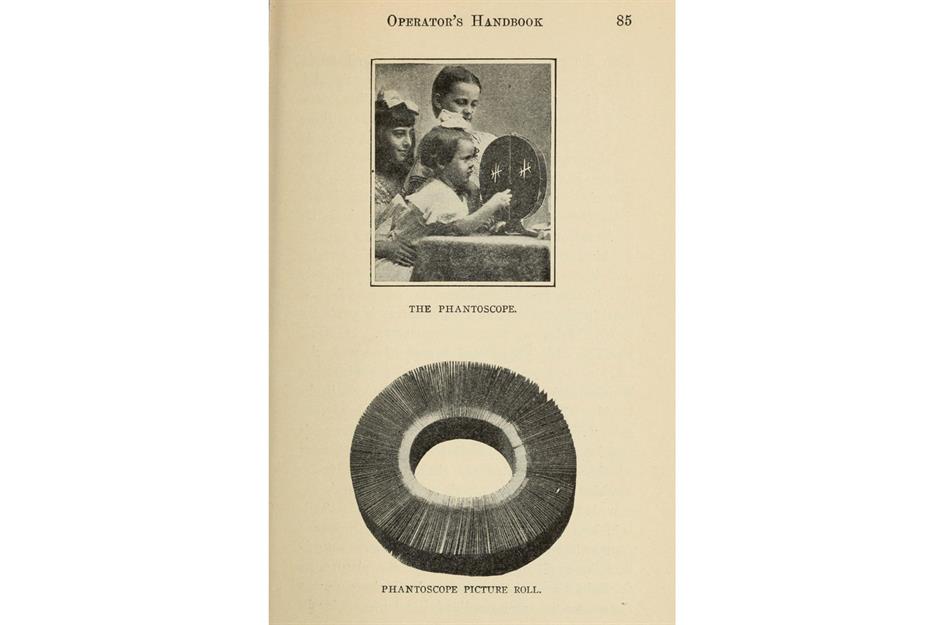
Believe it or not, Edison has been accused of appropriating the ideas for a number of his famous inventions, including the movie projector.
Charles Francis Jenkins and Thomas Armat first demonstrated the image-projecting gizmo they called the Phantoscope in 1895. But unable to finance the manufacturing of the product, the pair sold their idea to The Kinetoscope Company.
Movie projector
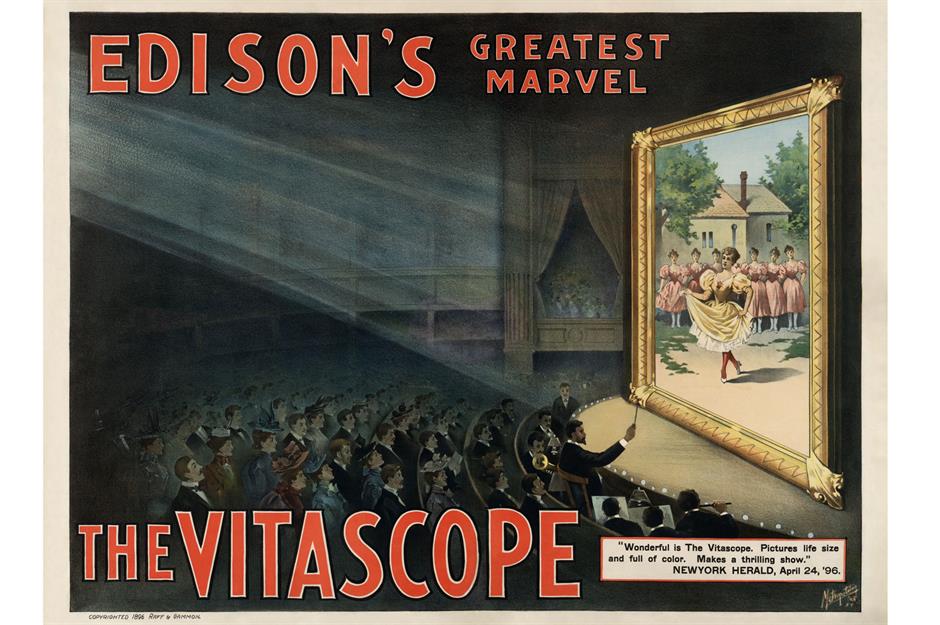
The company then turned to Thomas Edison for funding. Keen to boost his profile even further, the marketing-savvy Edison coughed up the cash on the condition that he'd be credited as the sole inventor.
The actual inventors were deleted from the product's history and it was renamed Edison's Vitascope.
Record player
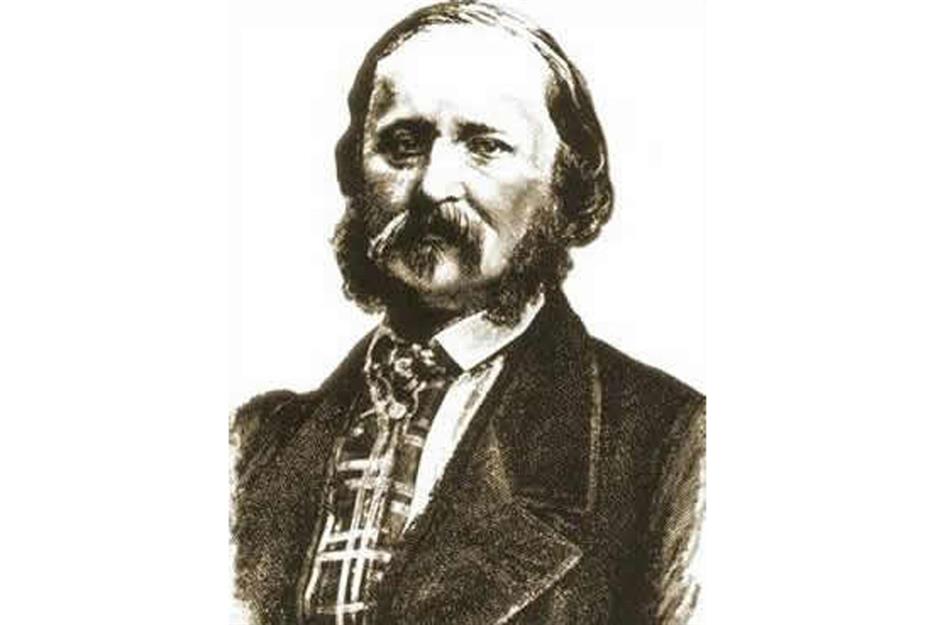
Edison is also regarded by many to have invented the phonograph, also known as the gramophone or record player. The American inventor conceived of a machine that could record and reproduce sound in 1877 and described the innovation as his "baby".
Although Edison is thought to have come up with the idea independently, a French printer named Édouard-Léon Scott de Martinville (pictured) created the earliest sound recording device.
Record player
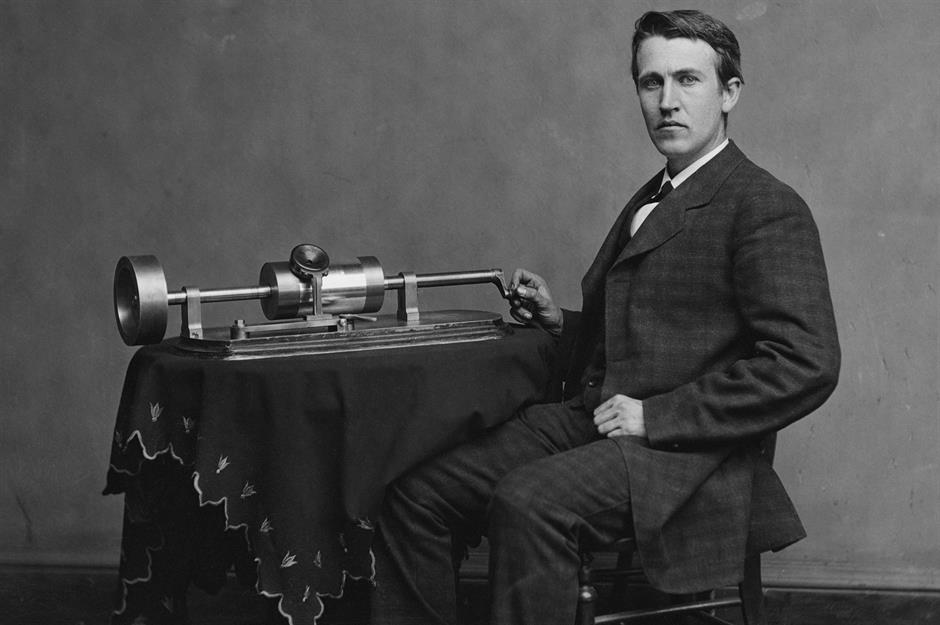
De Martinville obtained a patent for his phonautograph gadget in 1857, 20 years before Edison wowed the world with the phonograph, while another French inventor Charles Cros created the first method of recording sound before Edison in 1877.
In spite of this, Edison, who's pictured here with his innovation, usually gets the credit for inventing the technology.
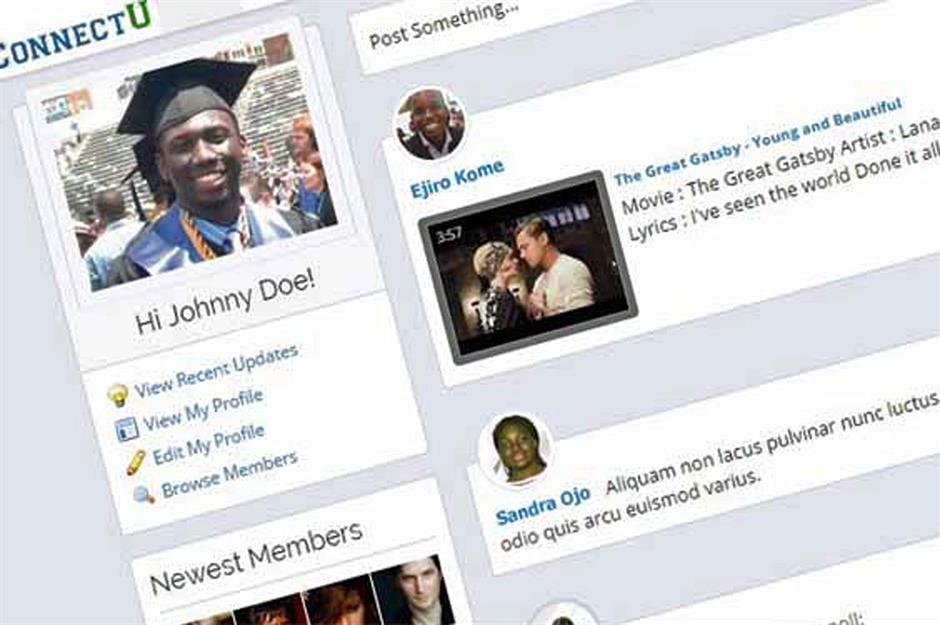
Marred by shameless backstabbing and alleged plagiarism, Facebook's early days were rocky to say the least. In 2002, Harvard students Cameron and Tyler Winklevoss teamed up with fellow student Divya Narendra to create Facebook's precursor, which they named HarvardConnection (later ConnectU).
In November 2003 their classmate Mark Zuckerberg was hired to get the social networking site up and running, but unfortunately for them, he had other things on his mind.
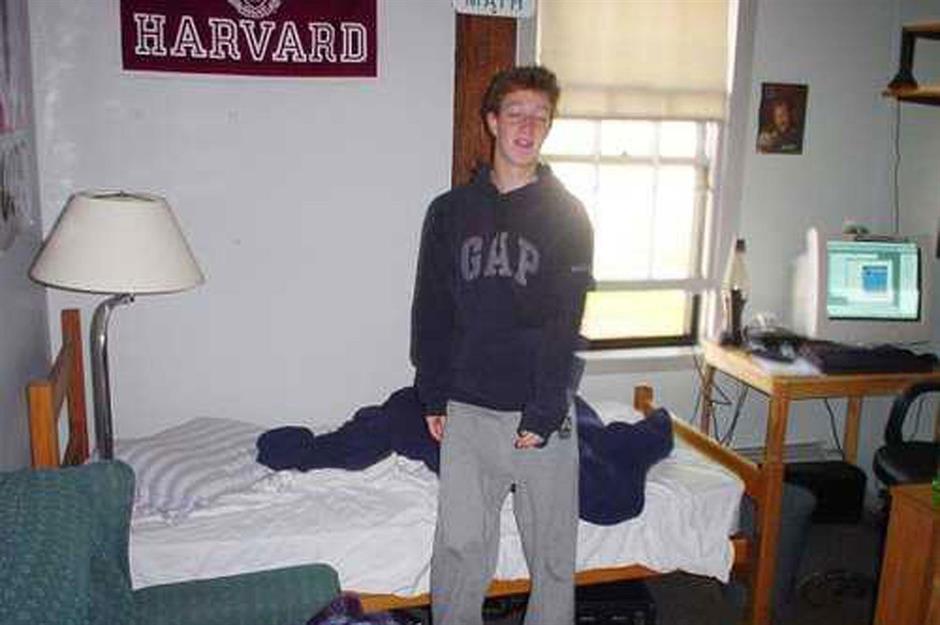
Zuckerberg had created a stir on campus the previous summer with a Hot or Not-style site called FaceMash, for which he was nearly expelled. While ostensibly working for the Winklevoss brothers and Narendra, Zuckerberg was actually creating his very own social network, which he launched as thefacebook.com in February 2004, leaving the Winklevoss brothers and Narendra high and dry.
Convinced Zuckerberg had plundered their intellectual property, they sued him and, after a long legal battle, walked away with a settlement of $65 million in 2008. That's the equivalent of almost $94 million (£74m) in 2024.
Radio
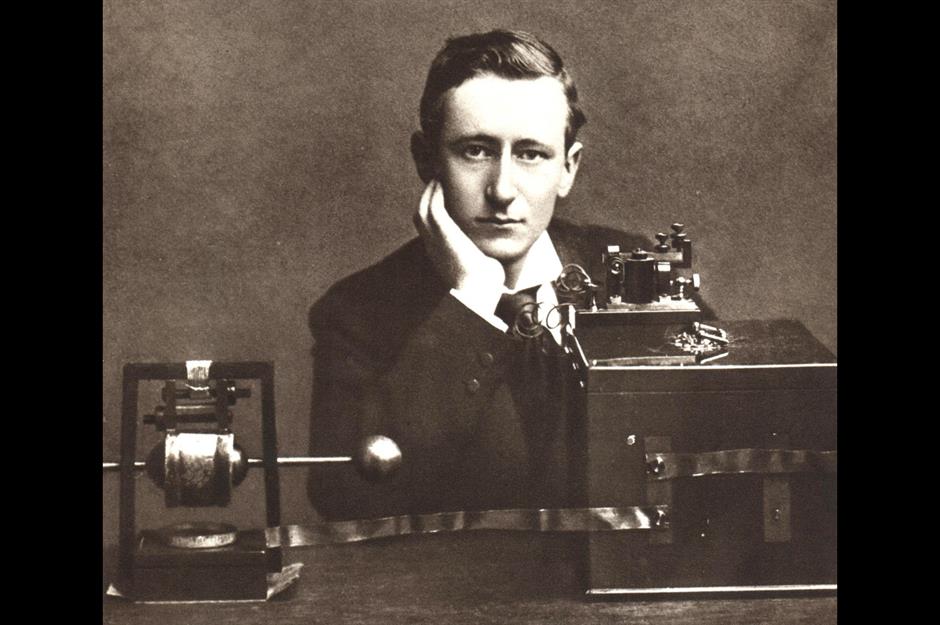
Guglielmo Marconi is pretty much universally acknowledged as the inventor of the radio. The Italian innovator was hailed for introducing the technology to the world and won a joint Nobel Prize for his efforts in 1909.
All the adulation must have enraged Nikola Tesla (pictured), who claimed Marconi had used 17 of his patents to develop the breakthrough.
Radio
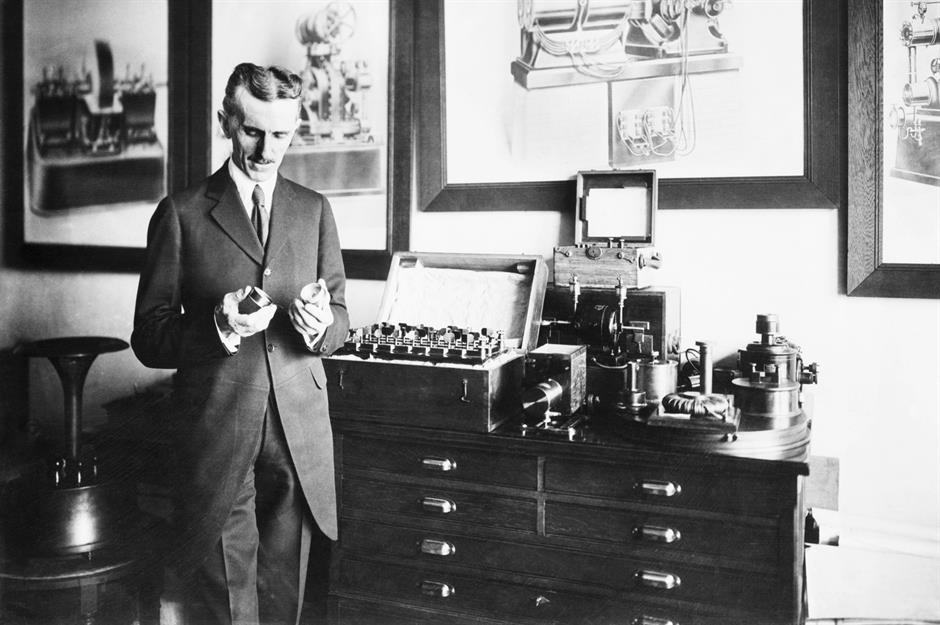
Whether Tesla is the true inventor of the technology is open to question, but there's no denying the Serbian-born engineer and futurist provided many of the ideas that enabled Marconi to bring the device to market. Despite the fact Tesla had already been granted patents for basic radio technology in the US in 1900, and Marconi's own patents had been denied because of the overlap, in 1904 the US Patent Office reversed their decision and awarded Marconi a patent for the invention of radio.
It's thought that Marconi's strong financial backing was a reason behind the decision. Tesla did try to sue but didn't have the money to contend the case.
Laser
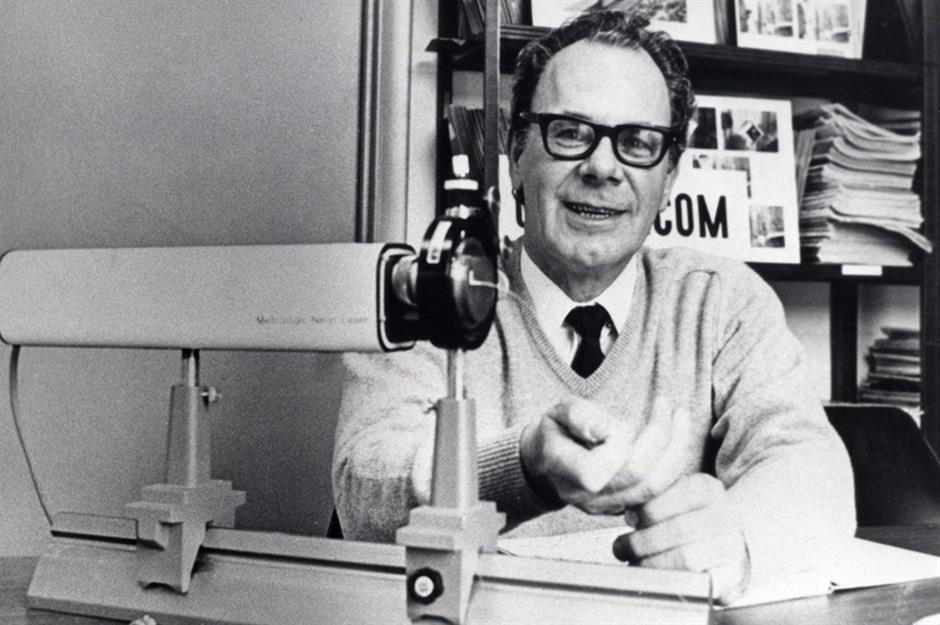
A game-changing innovation with a myriad of applications, the laser is as lucrative as it is flexible with annual global sales of around $18 billion (£14.3bn). Columbia University grad student Gordon Gould came up with the first practical way of creating an intense beam of monochromatic light powered by radiation and coined the term "laser" in 1957.
But because he lacked a working model, the college physicist thought he wouldn't be able to patent the concept and held off from doing so until 1959.
Laser
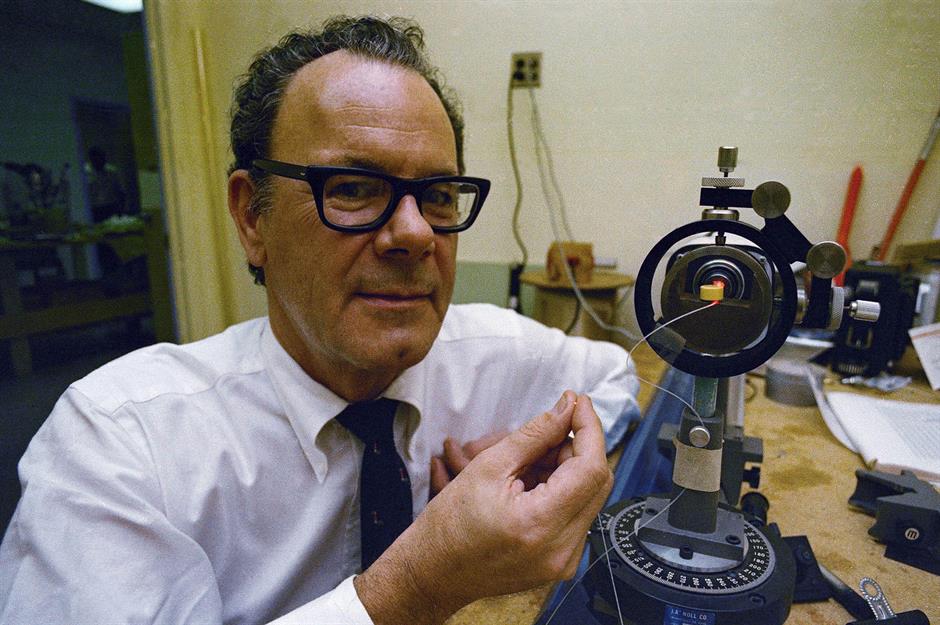
In the meantime colleagues from his lab had filed their own patents for the technology, clearly having stolen the idea. Gould initiated legal action and fought it out in the courts for an exhausting 30 years.
It was worth the long fight. In 1987 the rightful inventor of the laser was awarded 48 patents, not to mention millions of dollars in royalties.
Telephone
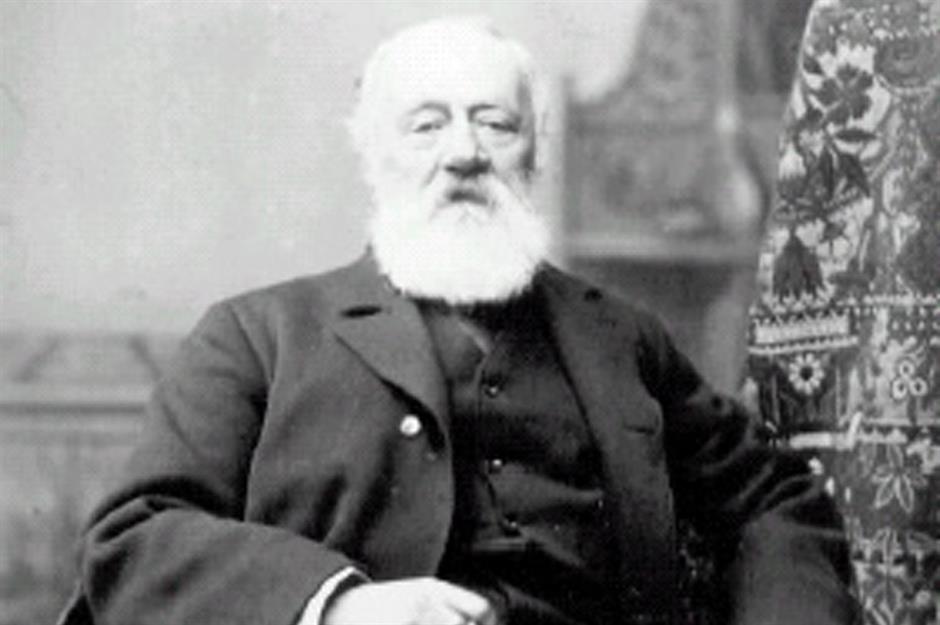
Did Alexander Graham Bell really invent the telephone? Italy begs to differ. In 2008, on the occasion of his 200th birthday, the country's government proclaimed that Florentine telecoms pioneer Antonio Meucci was the true inventor, and for good reason.
In 1871, Meucci showcased his telettrofono innovation and submitted a patent-caveat for the device, several years before Bell, who worked in the same lab, filed his patent.
Telephone
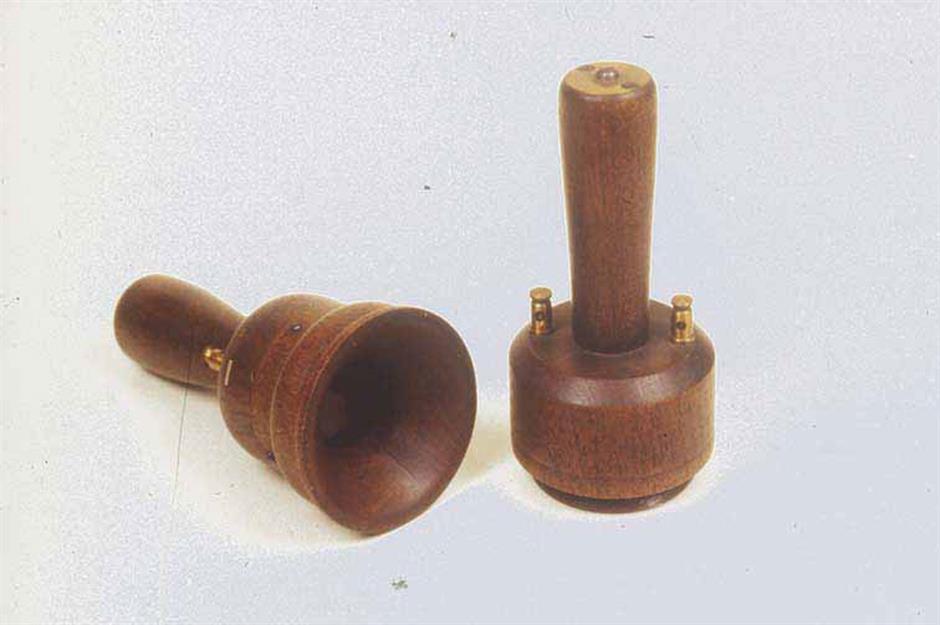
Meucci attempted to license his telettronfono but was rejected by the likes of the Western Union Telegraph company, and the patent-caveat expired in 1874.
If the Italian inventor had stumped up the equivalent of $225 (£180) in today's money, chances are Bell wouldn't have received his patent. Meucci did try to sue, but died before the proceedings could be completed.
Now read about famous inventions their creators regretted
Comments
Do you want to comment on this article? You need to be signed in for this feature